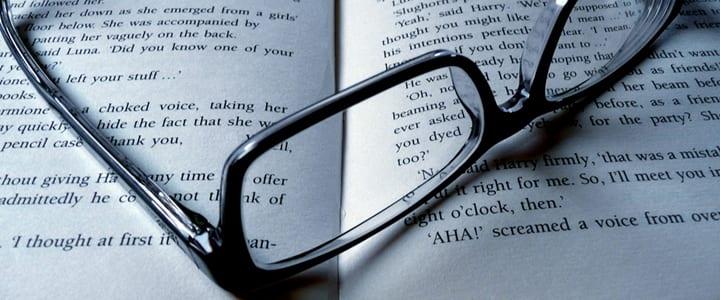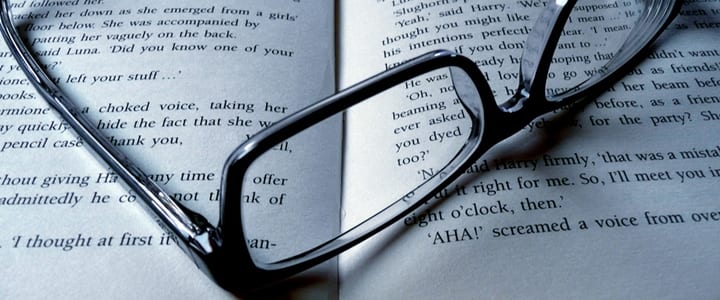Struggling with reading assignments? This reading comprehension practice exercise may seem a bit strange, but it works! Read on as Tucson, AZ and online tutor Lourdes C. explains the “breaking bad reading” method…
The most fundamental challenge most students face is not in the content, it’s in bad reading habits. The layout of most text in the Western world is linear, following a progressive line of reasoning and logical thought from beginning to end without diversion (which is torture for the reader who has ADHD, by the way). I myself am not a Western-minded person: I don’t think in a straight line but, rather, I systematically absorb a concept and explore it from multiple angles to get a bigger picture than the text is giving me. Regardless of personal style, academia dictates how we acquire and regurgitate information for a passing grade, so, for my own purposes initially, I developed a method which results in, essentially, a kind of speed reading.
This method reduces time and frustration in struggling with the text, works for dyslexics and other processing disorders, augments comprehension by catching over-looked details and significantly enhances retention and recall.
The Steps
The “breaking bad reading” method is a reading comprehension practice exercise that is simple but not necessarily instinctive: essentially, it involves reading the text in the reverse order in which it was written. This makes the conclusion at the end of each section or chapter, rather than the header, the new context. With this method, engaging the text feels more like being a detective than a reader
- Take a text, preferably an informative one to start practicing, and write down the title – sounds irrelevant but the title was chosen for the overall context and everything in the text should refer to that context. If the content does not match the context, then you know what you’re in for and can create a critical discourse of the text from that standpoint.
- Write down the chapter or section headers. Again, these are sub-contexts and each section you read should refer to its context as well.
- Flip to the back of the chapter or text and, instead of reading for comprehension, read every line backwards, from the last paragraph to first. Scan for and write down only two things: concept terms and any words you do not recognize. Tip: jot down the page number and paragraph number for reference so you can find the terms again.
The Pay-Offs
 Lourdes C. teaches various music subjects and tutors in Tucson, AZ. Her doctorate is in Applied Linguistics and American Indian Studies. She has been an instructor and tutor for over 20 years for academics, research methods, languages and literature, and music as well. Book in-person or online lessons with Lourdes here!
Lourdes C. teaches various music subjects and tutors in Tucson, AZ. Her doctorate is in Applied Linguistics and American Indian Studies. She has been an instructor and tutor for over 20 years for academics, research methods, languages and literature, and music as well. Book in-person or online lessons with Lourdes here!
Photo by photosteve101
Suzy S.


